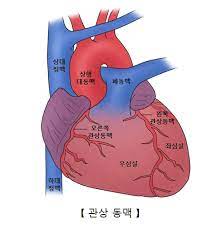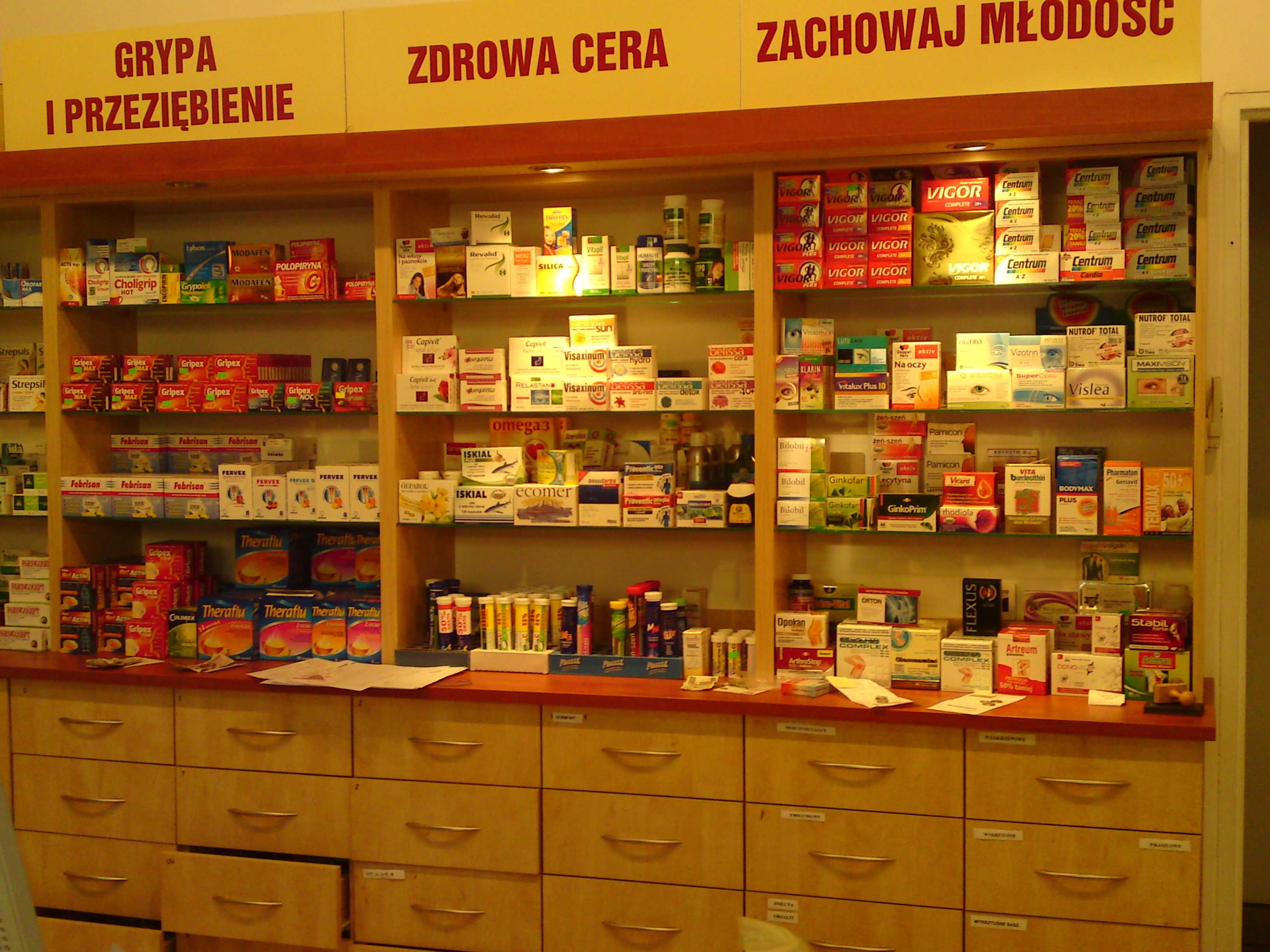Your heart works hard every day, but certain conditions can go unnoticed during routine checkups. Stress testing reveals how your cardiovascular system performs under pressure, uncovering issues that may not appear during regular activities. Here is some information about a few key stress testing methods and their role in detecting potential heart problems.
Stress Testing
Cardiac stress testing evaluates how the heart functions under physical or pharmacological stress. Some heart conditions remain hidden at rest because the cardiovascular system isn’t fully active. Under stress, increased heart rate and blood flow can expose these abnormalities. This test helps healthcare providers assess blood flow to the heart muscle, detect irregular rhythms, and evaluate overall cardiac function. It is often used to determine if symptoms like chest pain or shortness of breath are related to heart disease.
ECGs
Electrocardiogram (ECG) stress testing is a common way to assess how your heart performs under physical exertion. During the test, electrodes are placed on your chest to track your heart’s electrical activity while you exercise on a treadmill or stationary bike. As the intensity increases, healthcare providers monitor your heart rhythm, rate, and electrical patterns to identify potential issues, such as restricted blood flow.
The test lasts 10 to 15 minutes, with exercise intensifying every few minutes. Throughout, your blood pressure, heart rate, and symptoms are closely monitored. ECG stress tests help detect coronary artery disease, abnormal heart rhythms, and other heart-related issues.
Echocardiograms
Stress echocardiography combines ultrasound imaging with physical or pharmacological stress to evaluate heart muscle function. This procedure provides detailed images of your heart’s structure and movement before, during, and after stress.
The test begins with baseline ultrasound images of your heart at rest. You then exercise on a treadmill or receive medications that mimic the effects of exercise. Immediately after peak stress, technicians capture additional ultrasound images to compare heart wall movement and blood flow patterns.
Echocardiogram testing identifies areas of the heart muscle that don’t receive an adequate blood supply. When portions of the heart wall move abnormally or stop moving during stress, this suggests blocked or narrowed coronary arteries. The visual nature of this test provides detailed information about heart valve function and overall cardiac performance.
Nuclear Stress Tests
Nuclear stress testing uses small amounts of radioactive material to create detailed images of blood flow to your heart muscle. This procedure provides a comprehensive assessment of the cardiac blood supply under both resting and stress conditions. The test involves two imaging sessions: first, you receive an injection of a radioactive tracer at rest, followed by imaging to establish baseline blood flow patterns.
In the second phase, your heart is stressed either through exercise or with medication, and another tracer injection is given. Additional imaging then reveals how blood flow changes under stress conditions. Compared to ECG testing alone, nuclear testing offers superior accuracy in detecting coronary artery disease. It pinpoints areas of the heart muscle that receive an inadequate blood supply and helps determine the severity of blockages.
Support Your Heart Health
Stress testing provides insights into your cardiovascular health that routine exams might miss. It helps detect heart conditions early, when treatment is most effective. If your provider recommends stress testing, ask about preparation and what to expect to ease any concerns. This diagnostic tool is designed to protect your long-term heart health.







